
Black and White Warbler, 09.18.2018
She was bright yellow and grey and lying on the sidewalk outside my front door. I’d never seen a bird like that before – I was struck by the delicate beauty of this little creature and the fact that she was dead. Traveling south for the winter, she’d had a fatal encounter with a window or fell out of a tree. I buried her behind the juniper next to the front door. Curiosity led to texts and phone calls with family bird enthusiasts: my mom, my aunt and Nannie. My ill-fated traveler was at last identified as a Canada warbler. This was September 2016.
I’d always known that birds migrate in the fall. I’d seen geese and ducks v-ing in the sky both ways, a sort of grand recessional as they moved to winter lodgings. Monarch butterflies, too, stop through Nebraska on their journey to Mexico. For the most part, I hadn’t given much thought to the lesser known creatures, the tinier birds and insects that also participate in the autumnal mass exodus or its reversal in the spring. Not until I found the warbler. I learned a sad truth about migrating birds: sometimes the only way we know they’re here is to find them dead.
Since the warbler, I’ve found and photographed a handful of other birds, tiny post-mortems that mark a lesser-known sign of Fall and the violent changing of the seasons. Spring 2017: an indigo bunting, a local, and an ovenbird, a kind of warbler from the northeast. Fall 2017: a male house finch, while not a rarity, still a victim of the circle of life. Fall 2018: an orange-crowned warbler, a native of the northwest, and a female black-and-white warbler, from the northeast. Just this morning, I found what I believe to be a vesper sparrow (not to be confused with the city-dwelling house sparrows). The black-and-white warbler is the only one pictured in this post, because I didn’t want the blog overwhelmed with less-than-pretty pictures of dead birds. Instead, I’ve found images of their doppelgangers in the peak of health:
Blown into the city, they are rare gems and wonders. I move them over to the nearest green patch, to lie on the mulch or in a patch of flowers because I feel a deep respect for their short existence. I’m sure it looks weird to passersby, but it’s the least I can do. (Yes, I do wash my hands afterwards.)
These birds remind me of Nannie. I would usually call her with a bird discovery, and I could – and still do – picture her sitting on her porch in western Iowa watching the hummingbirds dive-bomb each other or tracking the tanagers, cardinals, woodpeckers, buntings and Baltimore orioles, waiting for blue birds to ascend on the old wooden bird house down the hill, listening for wrens, meadowlarks and chickadees. She had a condominium for purple martins until it was invaded by house sparrows and starlings. Blue herons, kingfishers and Canada geese were her neighbors. We were always on the look-out for turkeys spilling across the dirt road or a red-wing blackbird watching from a fence post. That’s where she’d be now.
Fall has begun. The weather in Nebraska has finally begun to cool. The air conditioner is silent and the windows are open. I’m wearing my favorite ankle boots. The last of the summer’s butterfly migrants are passing through. Halloween is on the horizon. I overhear many a blue jay moot, a high “ey” telling me “some of us are sticking around.” No matter how harsh the winter gets, we can always count on the jays and the cardinals to see us through to spring.







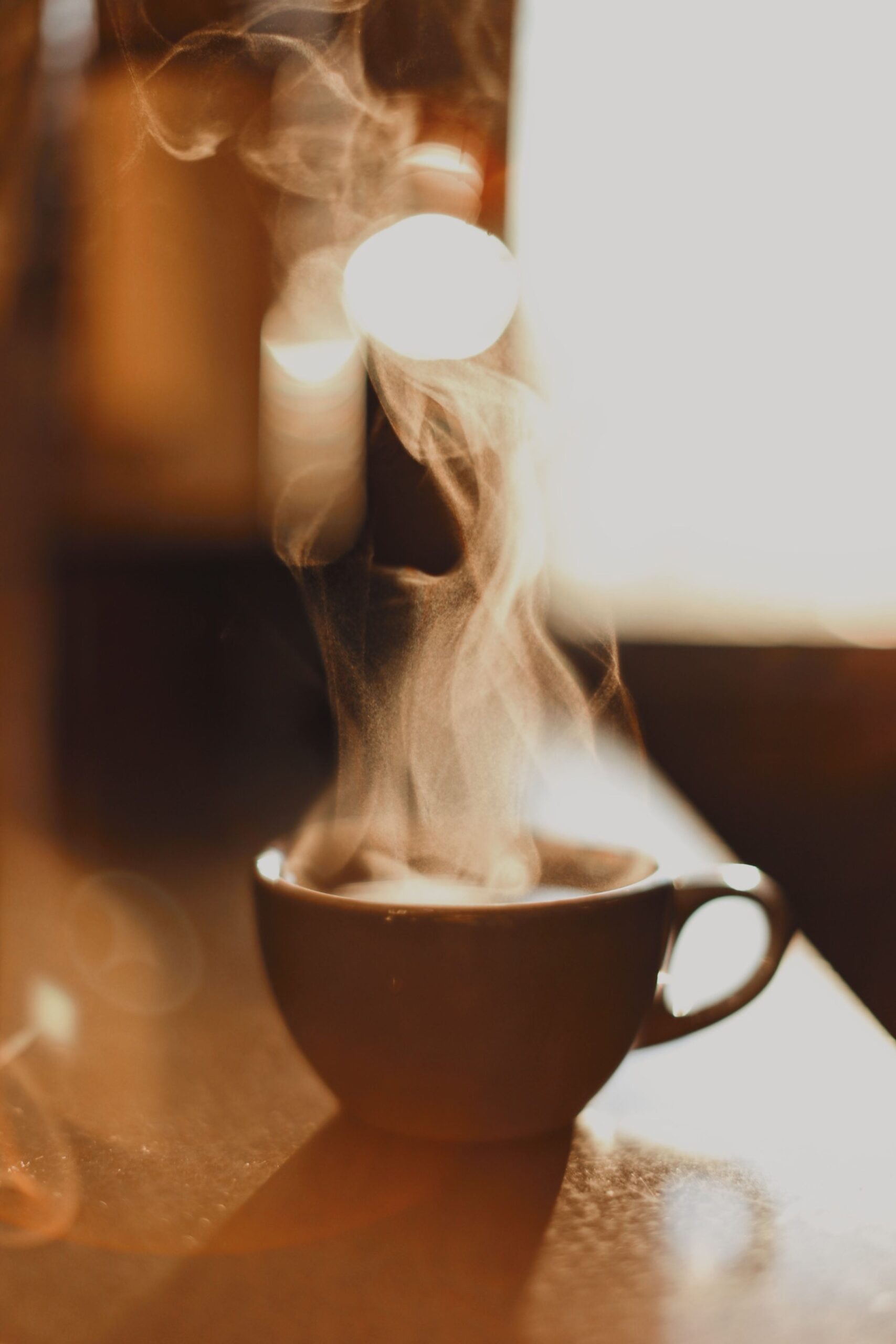
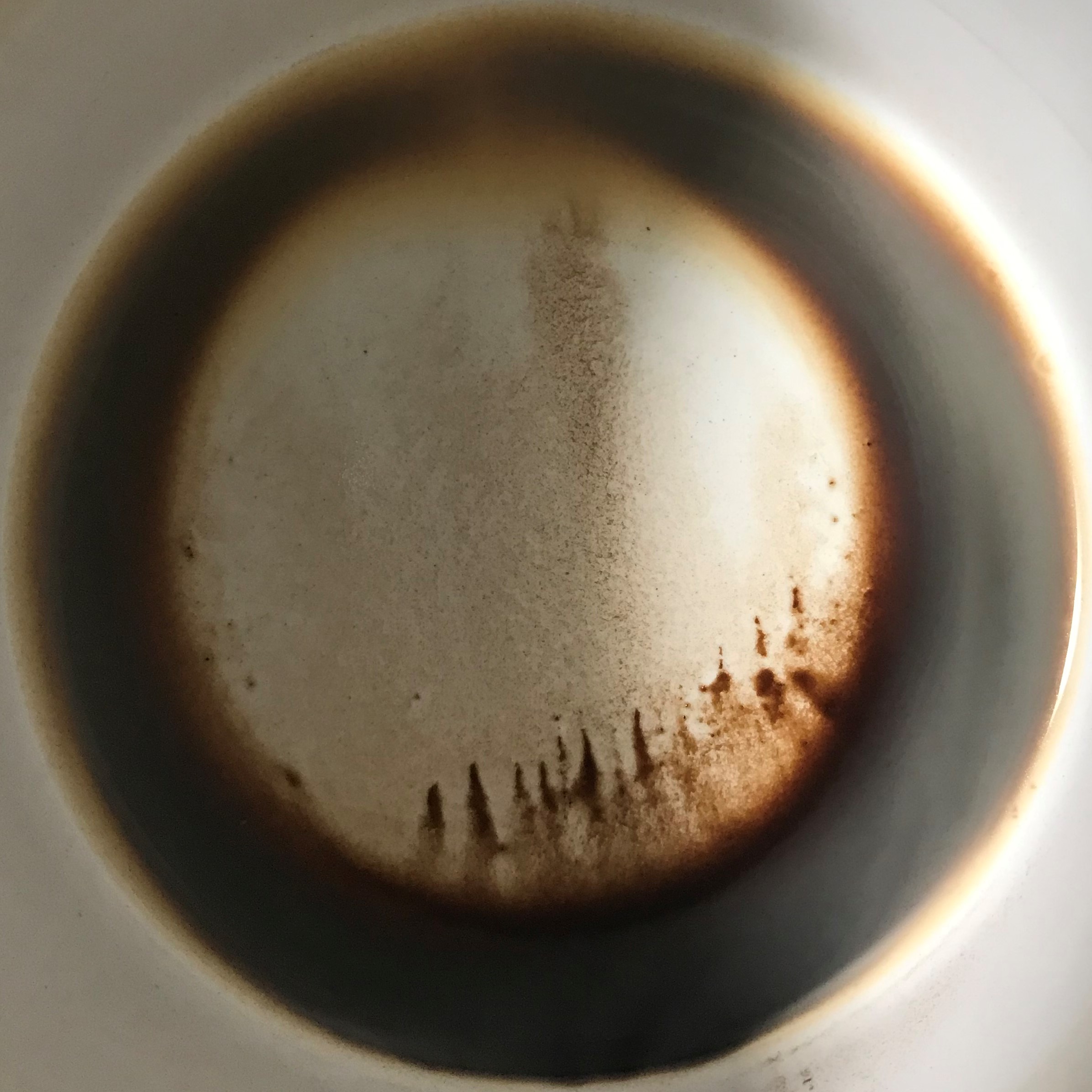
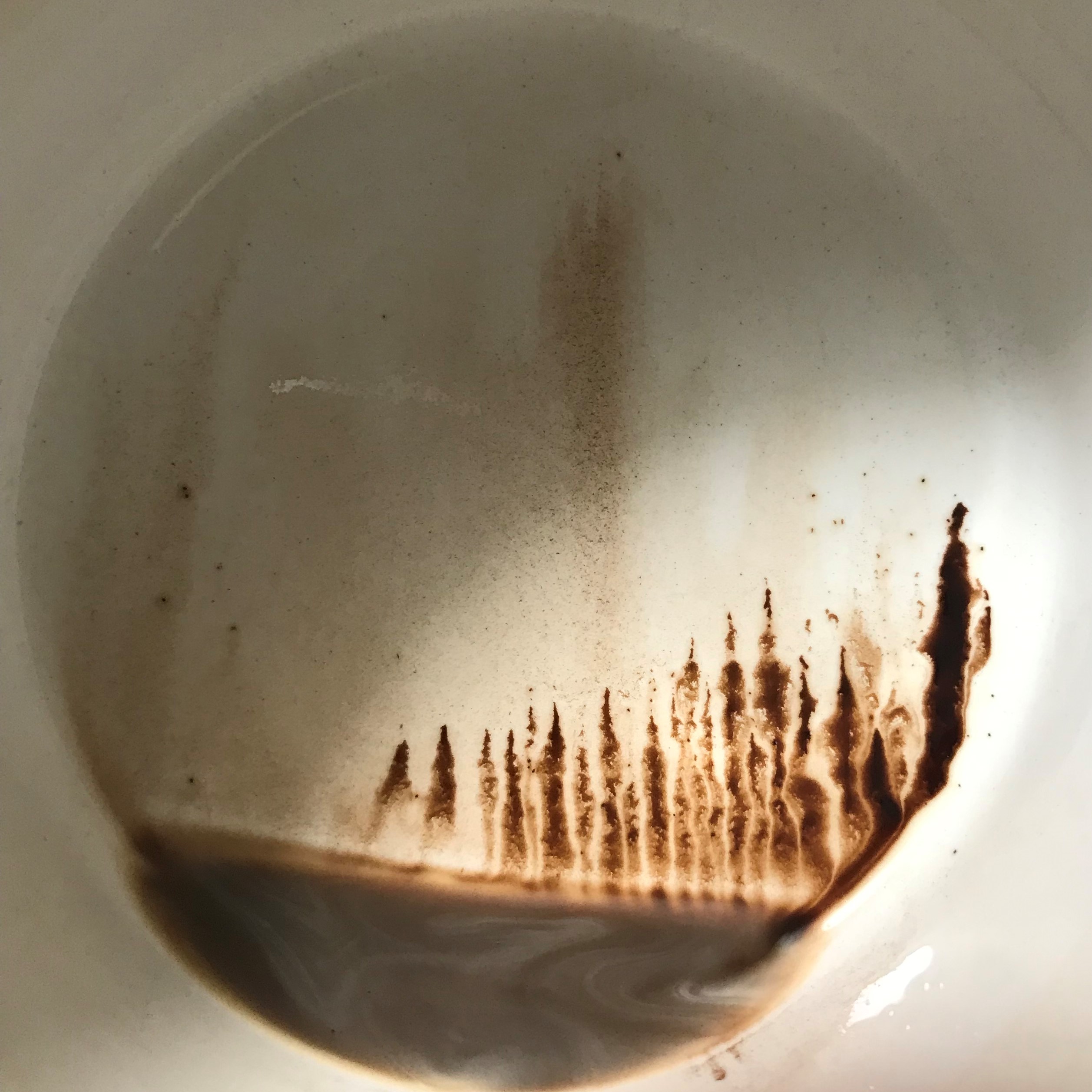
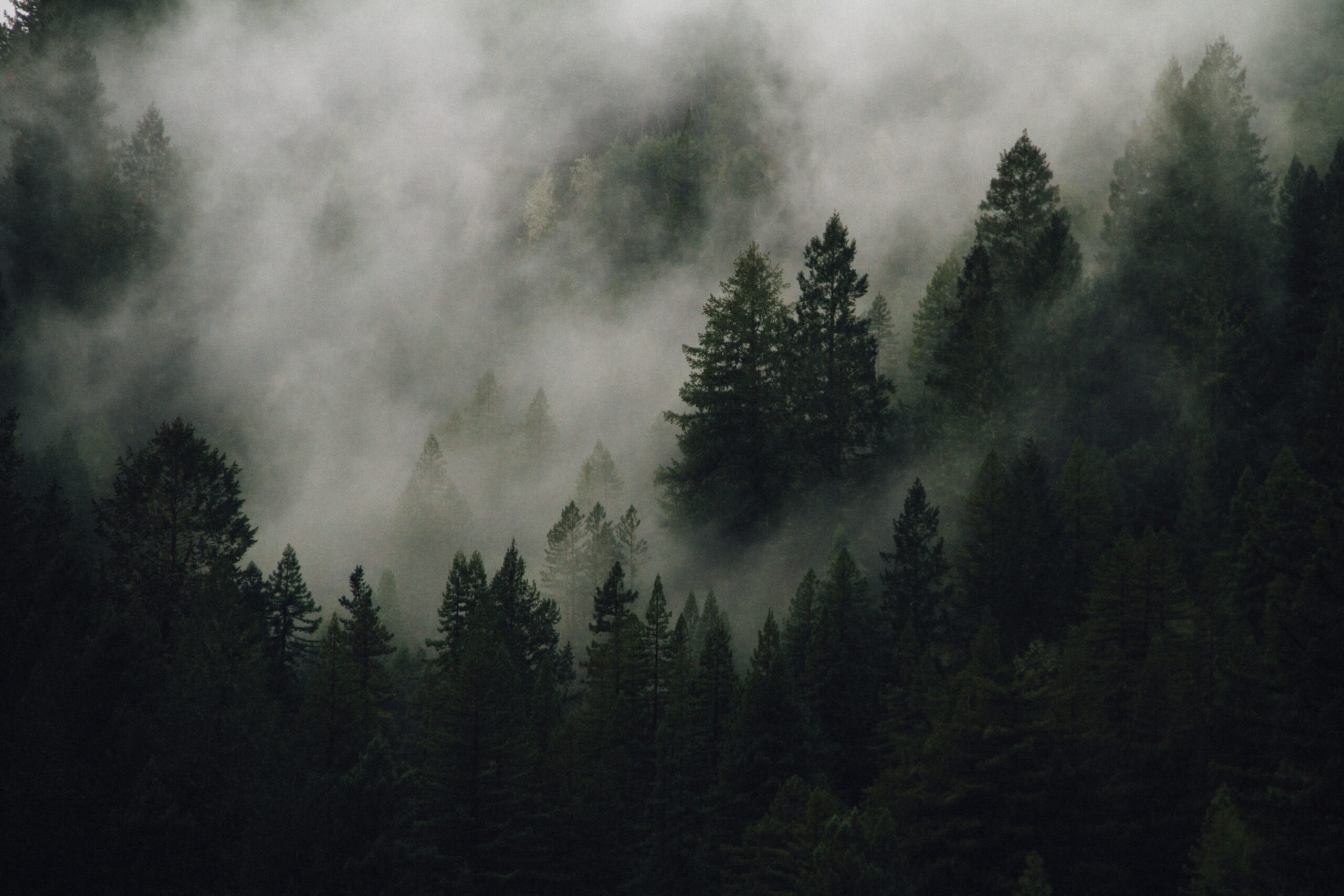
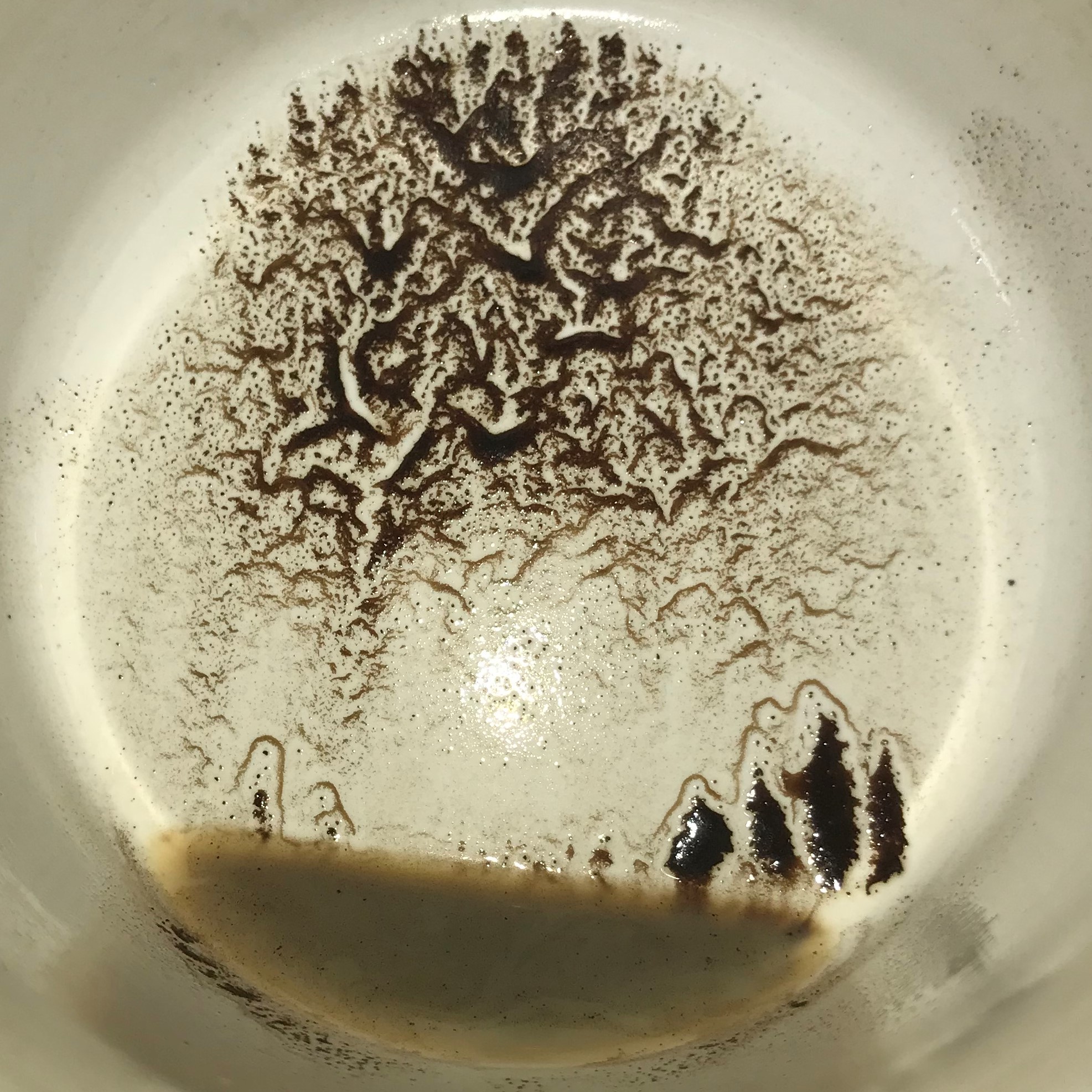
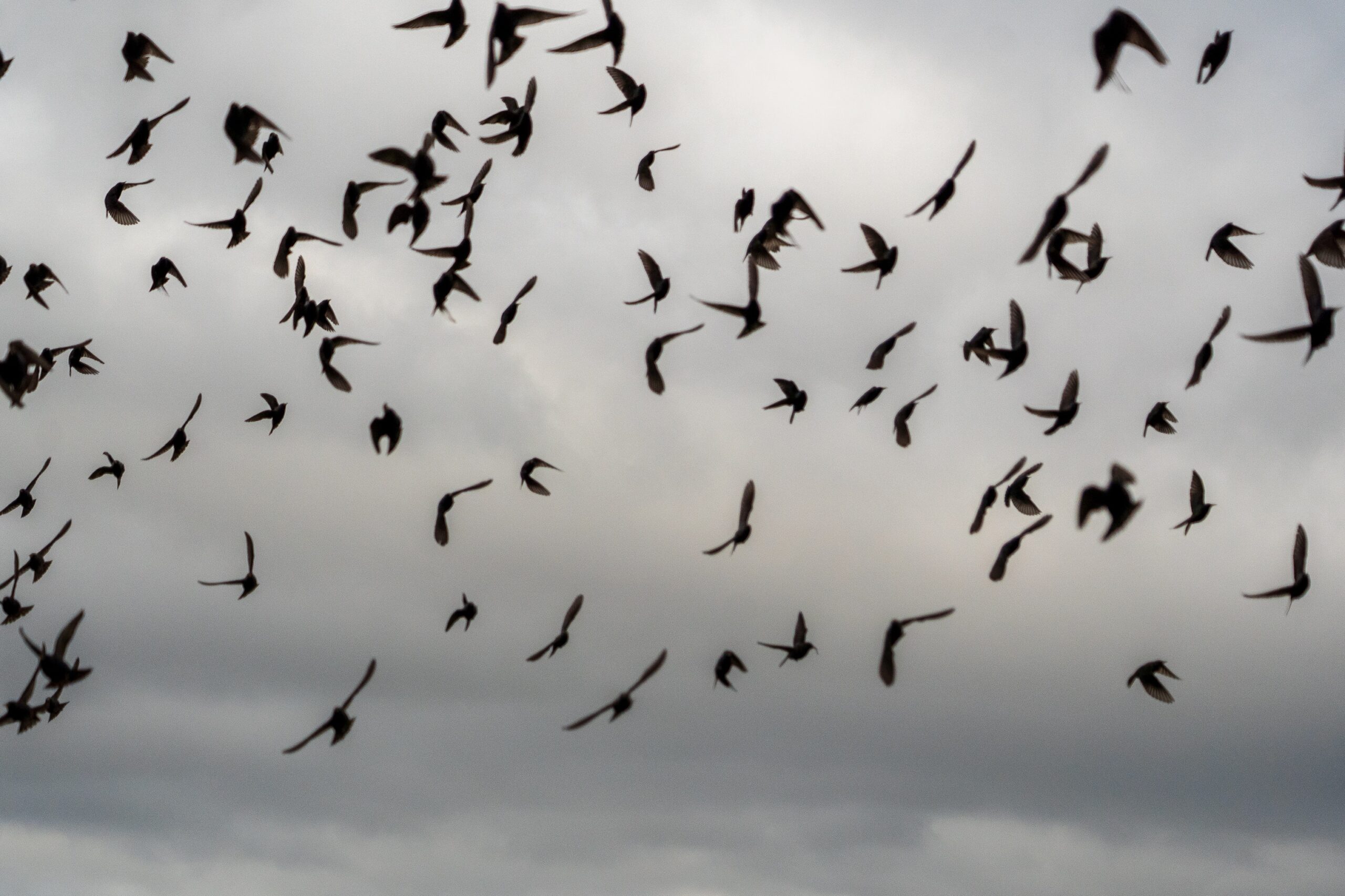
Circle of life with birds and family ! Lovely………..